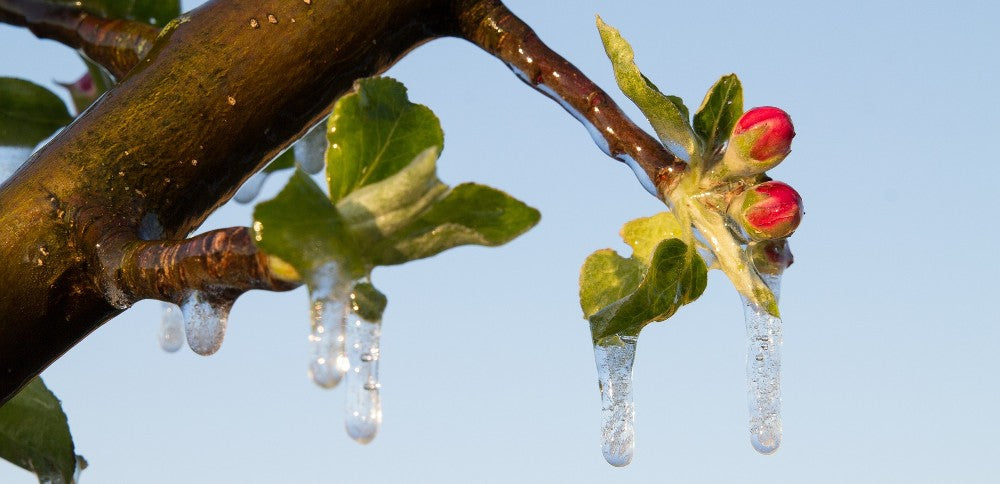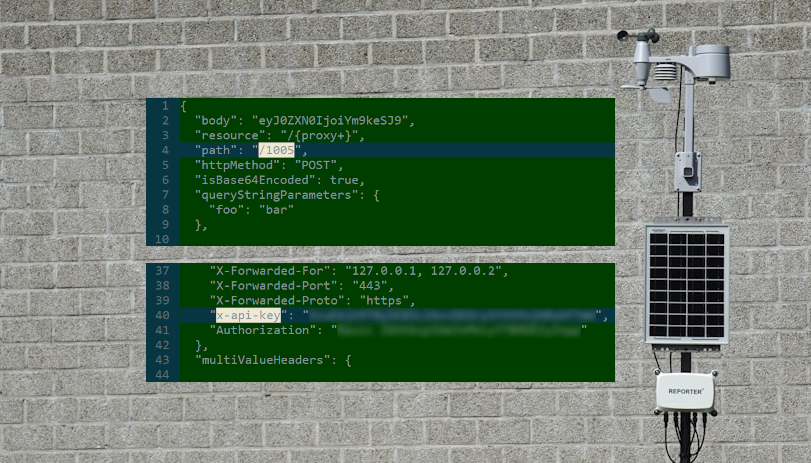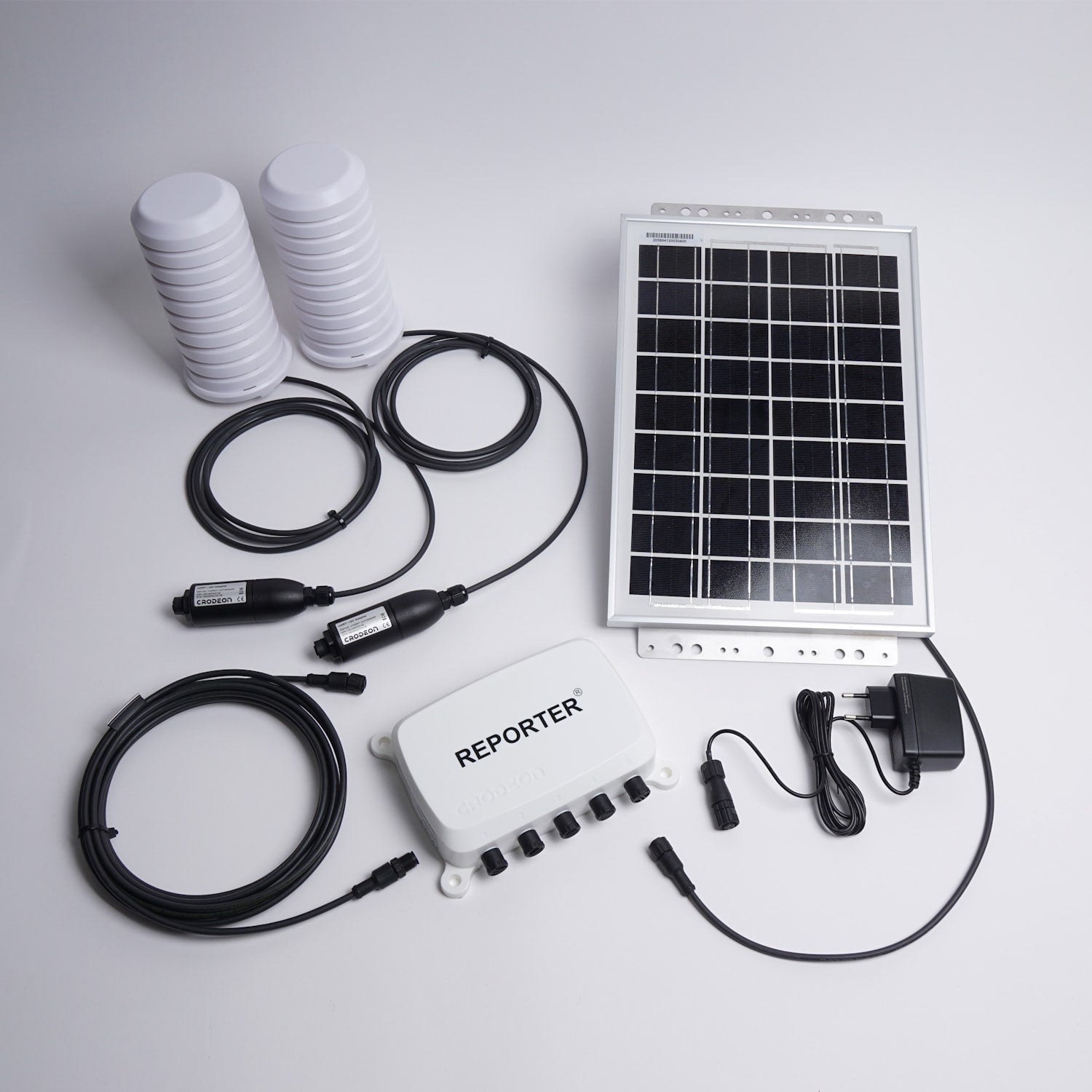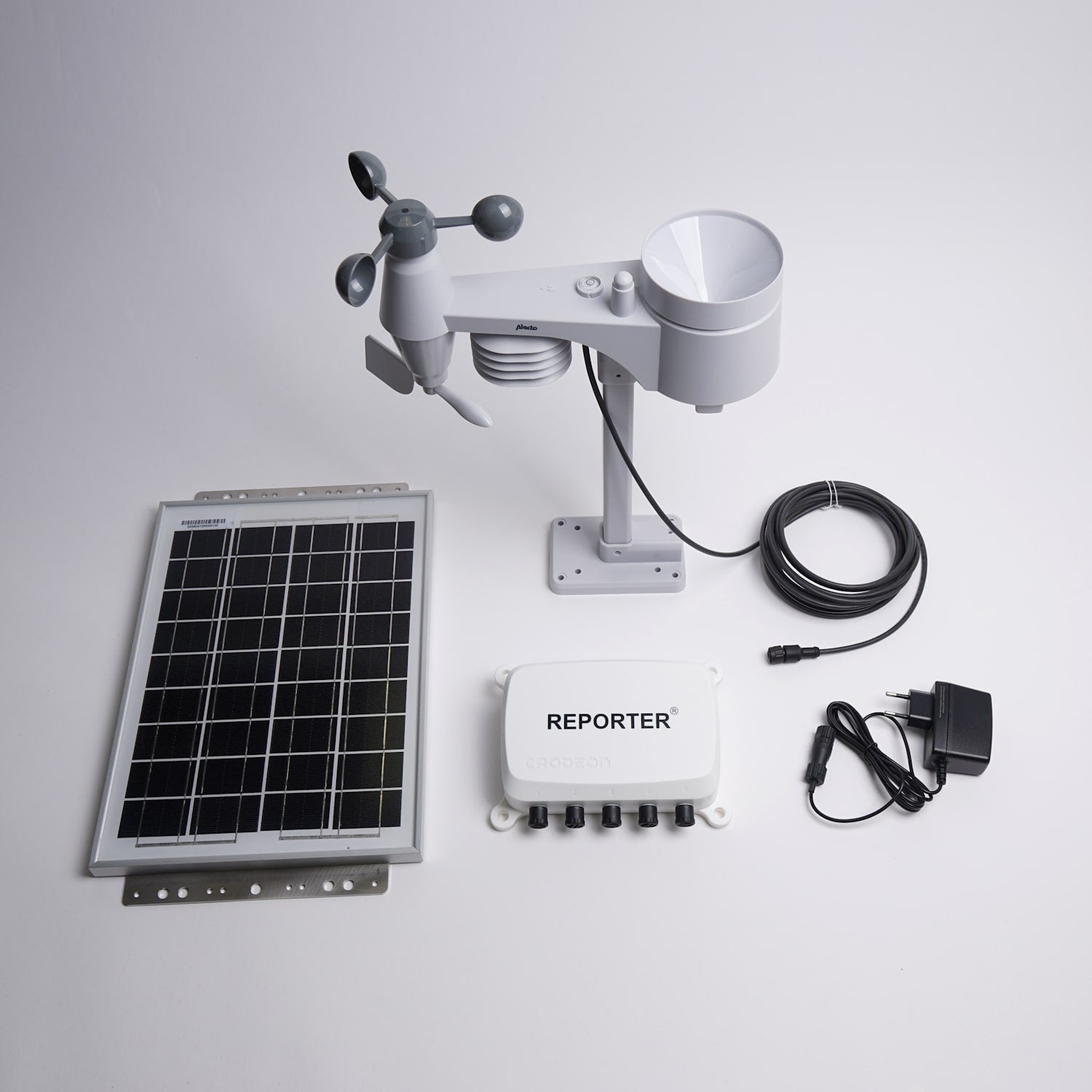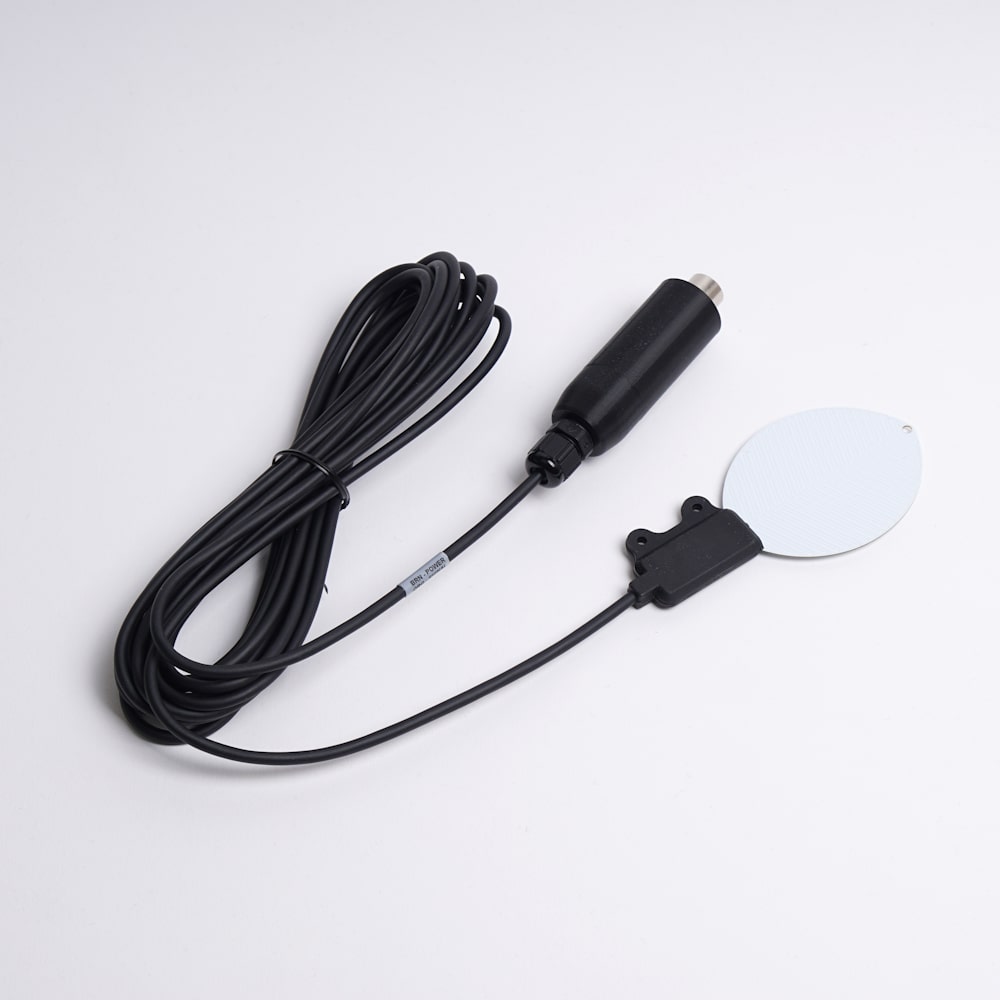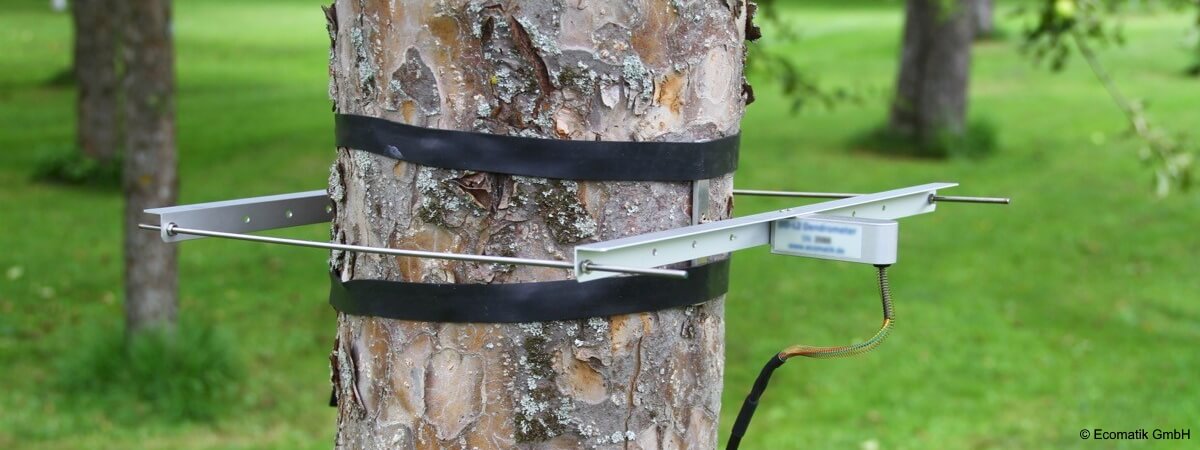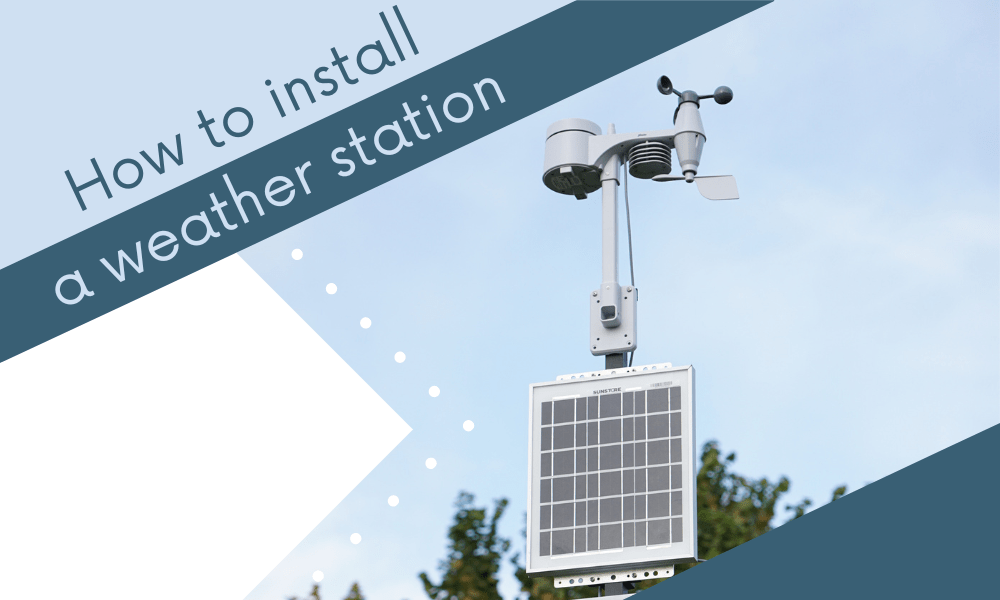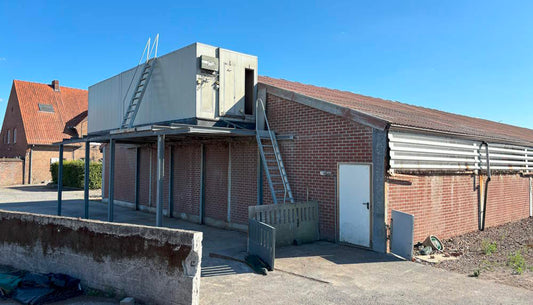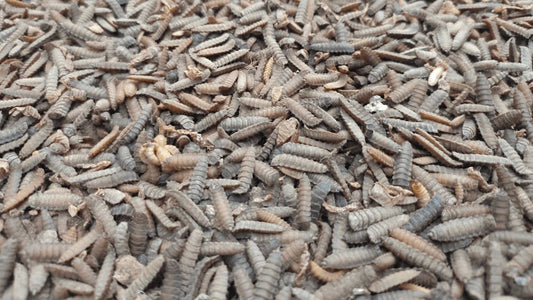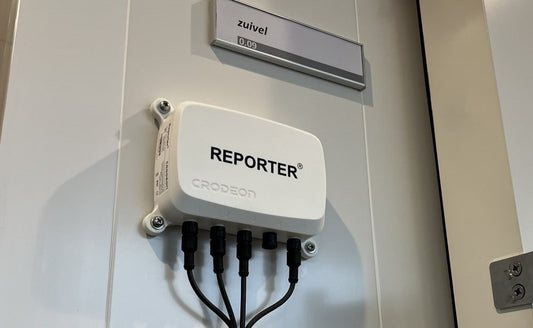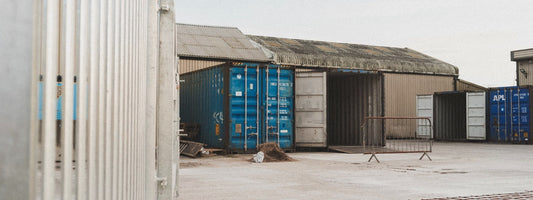Prévenir Pseudomonas syringae dans les arbres fruitiers
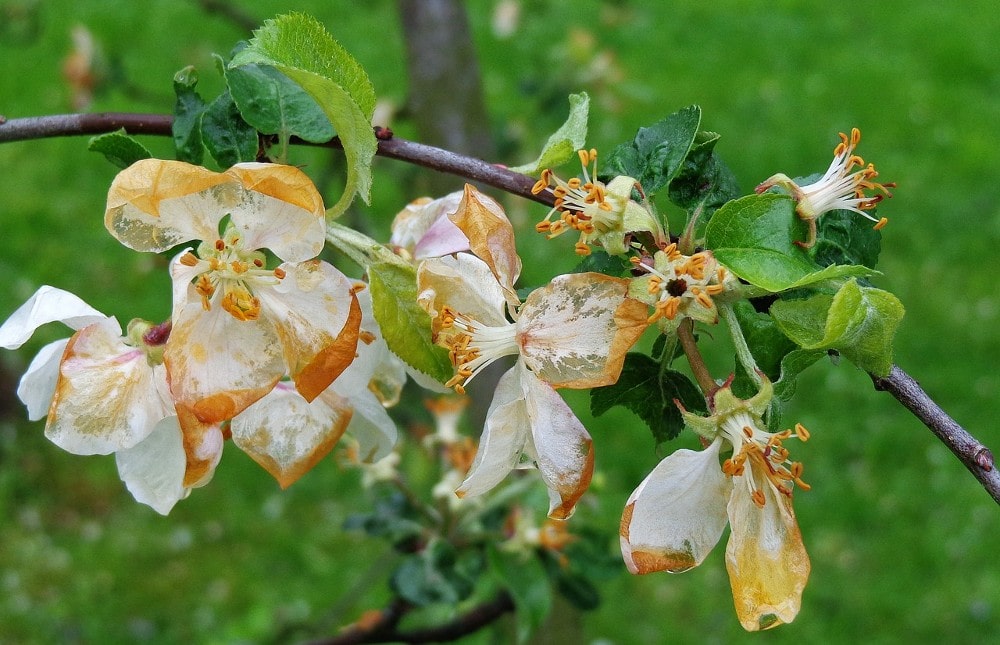
Pseudomonas syringae constitue un gros problème dans les vergers, surtout lorsque les températures sont basses. Les poiriers, en particulier, semblent extrêmement vulnérables à cette infection bactérienne. Ils sont d'autant plus fragiles par temps froid et humide, lorsque les arbres fruitiers sont en fleurs. La maladie bactérienne peut même déclencher une cristallisation à l’intérieur des fleurs ou des feuilles à des températures proches de zéro.
Infection à Pseudomonas dans les arbres fruitiers
Les cellules de Pseudomonas syringae contiennent une protéine qui induit la formation de glace, ce qui signifie qu'un arbre infecté par cette maladie souffrira plus tôt des dommages causés par le gel qu'une plante saine. Le chancre bactérien peut même se produire lorsque les températures avoisinent les 5°C, si la concentration de bactéries est suffisamment élevée et l’environnement suffisamment humide.
De plus, lorsqu'un arbre fruitier subit des dommages dus au gel, P. syringae peut plus facilement infecter la plante à travers ces tissus endommagés. Les fissures dues au gel dans l'écorce des arbres ou les fleurs endommagées constituent un point d'entrée très facile pour l'infection. Lorsque, quelques jours plus tard, la température augmente après l'infection, les premiers symptômes seront déjà visibles. Le traitement antibactérien n'est plus possible à ce stade.
La bactérie est présente naturellement partout dans le monde et a même été détectée dans des échantillons prélevés dans les nuages. Un simple nuage de pluie pourrait ainsi être à l’origine d’une infestation de vos arbres fruitiers.

Comment distancer les bactéries
Pour éviter des dommages extrêmes causés par Pseudomonas syringae, il est absolument nécessaire de surveiller de près votre verger lorsqu'il gèle ou est sur le point de geler. Il est conseillé de protéger vos arbres fruitiers et vos fleurs du gel avec de la chaleur ou d'autres méthodes pour éviter que P. syringae n'endommage vos arbres et ne ruine votre récolte. En surveillant et en enregistrant la température, vous pouvez suivre les éventuels dégâts dus au gel. Cela vous donne un avantage car vous saurez immédiatement quand traiter vos arbres. Un traitement immédiat (dans les 24 à 36 heures) permet de réduire la perte de fruits.
Il est judicieux d'installer un système de surveillance du gel basé sur la température et l'humidité (en utilisant des capteurs de température, des capteurs de pluie et des capteurs d'humidité des feuilles). Ce système peut vous aider à prédire le chance bactérien car il envoie un avertissement lorsque les conditions pour le chancre bactérien sont remplies (un avertissement de température et un avertissement d'humidité). Là encore, un traitement antibactérien immédiat s’avère réduire considérablement les dommages.

Reporter est un système de surveillance très polyvalent qui vous permet de surveiller et d'enregistrer la température dans votre verger. Reporter fonctionne, même dans les endroits plus reculés. Son énergie est fournie par son propre panneau solaire et la connexion Internet est établie via le réseau GSM. Reporter envoie ses données vers le cloud, où vous pourrez les consulter. De plus, Reporter vous permet de définir les seuils d'alarme mentionnés précédemment. Lorsque ceux-ci sont atteints, vous recevrez une notification d'alarme via votre téléphone par SMS ou appel vocal, ou par e-mail.
Les données de Reporter sont accessibles via notre plateforme cloud conviviale, ou notre API, qui vous permet de verser les données brutes dans le logiciel agricole approprié. Les facteurs importants à mesurer pour limiter les dommages causés par Pseudomonas syringae sont :
- Température
- Humidité des brindilles ou des feuilles (le capteur d'humidité des feuilles doit être placé sur l'arbre au même angle que la branche, à environ 2 m de hauteur)
- Précipitations
La configuration optimale pour la surveillance des vergers
Lorsque vous installez une station météorologique ou votre propre système d'enregistrement de la température pour protéger vos arbres fruitiers et vos fleurs contre le gel et P. syringae, il est important de savoir où placer les capteurs. Selon la taille de votre champ et s'il se trouve sur une pente, vous pourriez avoir besoin de plusieurs jeux de capteurs. Les vergers normaux nécessitent un ensemble de capteurs, situés au milieu du champ. Pour un grand champ, deux jeux de capteurs seraient nécessaires. Lorsque le champ est en pente, deux jeux de capteurs sont recommandés : un à proximité de l'altitude la plus basse et un à proximité de l'altitude la plus élevée. Selon votre verger, vous pourriez avoir besoin d'un ou deux Reporters.
Pour prédire une infection à Pseudomonas dans les vergers, nous recommandons d'utiliser la station météorologique professionnelle Crodeon.

Si vous avez encore des questions concernant notre système de surveillance à distance, n'hésitez pas à nous envoyer un e-mail ou à nous contacter via le formulaire à droite. Nous serons heureux de vous aider à assurer la sécurité de votre récolte !
En savoir plus
Sources
Ice Nucleation Induced by Pseudomonas syringae: 2 May 1974. Leroy R. Maki, Elizabeth L. Galyan, Mei-Mon Chang-Chien, and Daniel R. Caldwell Division of Microbiology and Veterinary Medicine, University of Wyoming, Laramie, Wyoming 82071
Survival and ice nucleation activity of Pseudomonas syringae strains exposed to simulated high-altitude atmospheric conditions: 23 May 2019. Gabriel Guarany de Araujo, Fabio Rodrigues, Fabio Luiz Teixeira Gonçalves , and Douglas Galante
The influence of Pseudomonas syringae on water freezing and ice melting: 12 May 2022. Maria A. Majorina, Victoria R. Veselova, and Bogdan S. Melnik
The effect of temperature on infection and a warning system for pear blossom blast caused by Pseudomonas syringae pv. syringae: February 2002. B.A. Latorre, M.E. Rioja, C. Lillo

